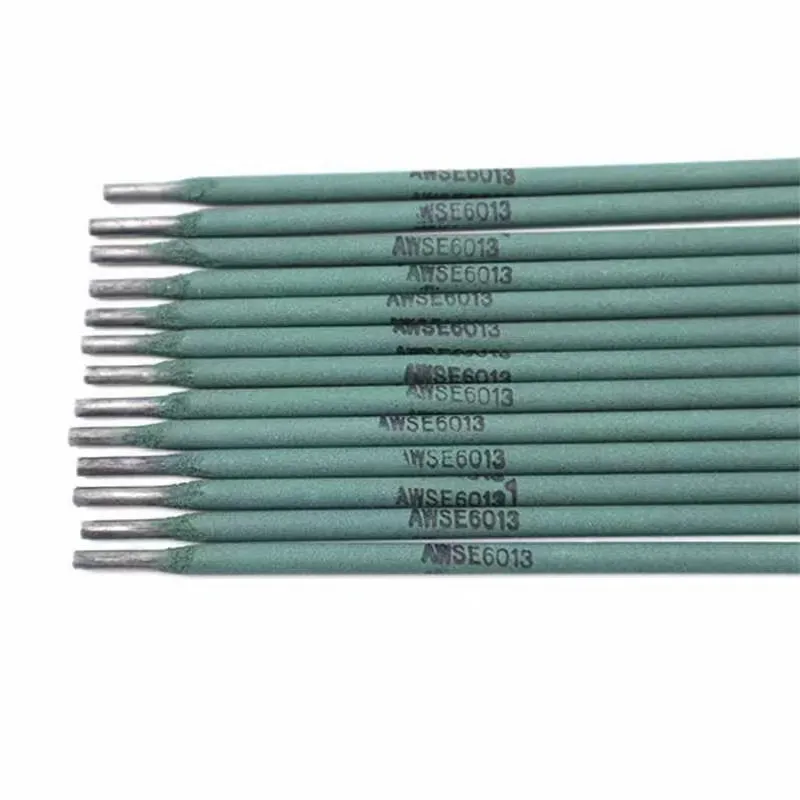aws 7018 welding rod
2月 . 20, 2025 04:50
Welding cast iron with 7018 electrodes is an intricate procedure that demands a blend of artistry, technical skill, and an understanding of metallurgy. Cast iron, renowned for its brittleness and high carbon content, typically poses challenges because of its propensity to crack under thermal stress. However, the 7018 electrode, primarily used for welding structural steel due to its low hydrogen content and versatile nature, can be an unexpected ally if applied with precision and care to cast iron projects.
Adapting 7018 for Cast Iron Although 7018 isn't the typical choice for cast iron, its characteristics can be useful, especially in situations where other options aren't feasible. The low-hydrogen flux coating aids in reducing the risk of hydrogen-induced cracks. However, welders must maintain a dry environment for the electrodes, typically storing them in a rod oven at temperatures between 250°F to 300°F (121°C to 149°C) to avoid moisture pickup which could compromise its integrity. Practical Applications and Limitations While welding cast iron with 7018 may not achieve the same results as using nickel-rich electrodes, it's a viable solution for temporary repairs or non-critical components where material compatibility and finished product integrity can be controlled. Tasks such as repairing cast iron machinery parts or fixtures, where the weld isn't repeatedly stressed, can benefit from this technique. Safety and Precautions When undertaking welding operations involving cast iron and 7018 electrodes, it's vital to follow all safety regulations. The welder must use appropriate personal protective equipment, including gloves, welding masks, and aprons to protect against heat and UV exposure. Furthermore, adequate ventilation is essential to prevent inhaling harmful fumes. Conclusion Welding cast iron with 7018 electrodes is a nuanced task that requires a balance of skill and knowledge. By understanding the inherent properties of cast iron and adapting the properties of the 7018 electrode, welders can execute functional welds that are reliable. While this method isn't mainstream, its application in specific contexts underscores the importance of adaptability and continuous learning in welding practices. This exploration into utilizing 7018 electrodes for cast iron expands the toolkit of seasoned welders, encouraging innovation in traditional methods.


Adapting 7018 for Cast Iron Although 7018 isn't the typical choice for cast iron, its characteristics can be useful, especially in situations where other options aren't feasible. The low-hydrogen flux coating aids in reducing the risk of hydrogen-induced cracks. However, welders must maintain a dry environment for the electrodes, typically storing them in a rod oven at temperatures between 250°F to 300°F (121°C to 149°C) to avoid moisture pickup which could compromise its integrity. Practical Applications and Limitations While welding cast iron with 7018 may not achieve the same results as using nickel-rich electrodes, it's a viable solution for temporary repairs or non-critical components where material compatibility and finished product integrity can be controlled. Tasks such as repairing cast iron machinery parts or fixtures, where the weld isn't repeatedly stressed, can benefit from this technique. Safety and Precautions When undertaking welding operations involving cast iron and 7018 electrodes, it's vital to follow all safety regulations. The welder must use appropriate personal protective equipment, including gloves, welding masks, and aprons to protect against heat and UV exposure. Furthermore, adequate ventilation is essential to prevent inhaling harmful fumes. Conclusion Welding cast iron with 7018 electrodes is a nuanced task that requires a balance of skill and knowledge. By understanding the inherent properties of cast iron and adapting the properties of the 7018 electrode, welders can execute functional welds that are reliable. While this method isn't mainstream, its application in specific contexts underscores the importance of adaptability and continuous learning in welding practices. This exploration into utilizing 7018 electrodes for cast iron expands the toolkit of seasoned welders, encouraging innovation in traditional methods.
Related Video
Copyright © 2025 Dingzhou Jinlong Metal Production Co., Ltd. All Rights Reserved. Sitemap | Privacy Policy




























